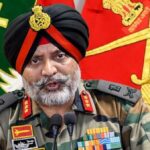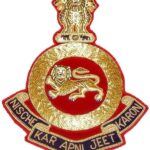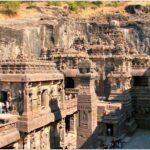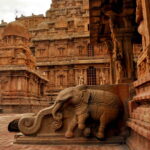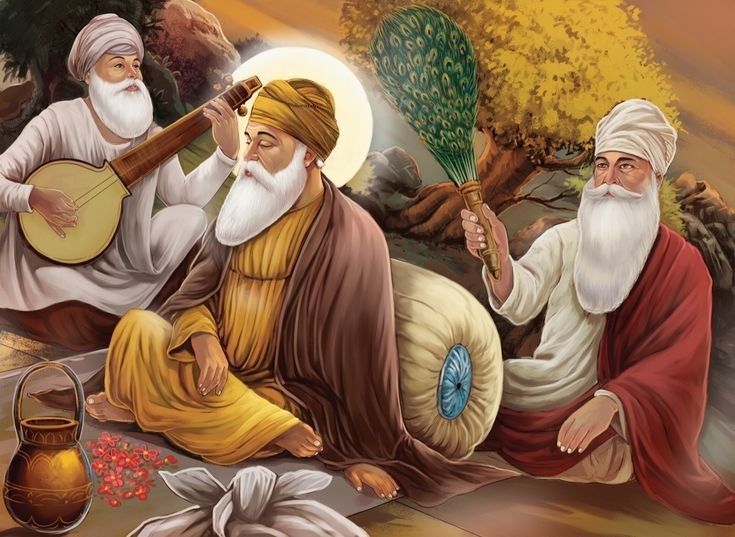Roles Functions and History of the Indian Army
The Indian Army often known as the Land Forces of the Indian Armed Forces is an important component of the security framework of the country. With long and illustrious history the Indian Army has developed into one of the most formidable armed forces globally over the ages.
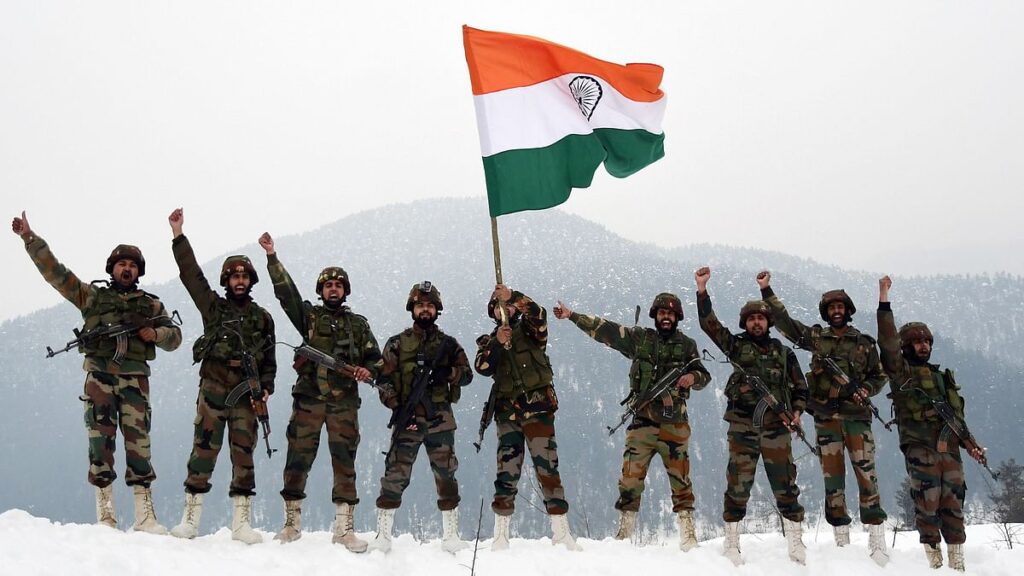
This article examines the lengthy history wide range of responsibilities, and vital roles played by the Indian Army in maintaining the security integrity and sovereignty of the country.
The Historical Development of the Indian Army
The narrative of the Indian Army’s history is one of valor selflessness and steadfast commitment to the defense of the country. Over the decades the Indian Army has changed with the times while maintaining its basic principles from ancient empires to contemporary battles. This page traces the incredible history of the Indian Army from its founding to its current position as the guardian of the country’s sovereignty.
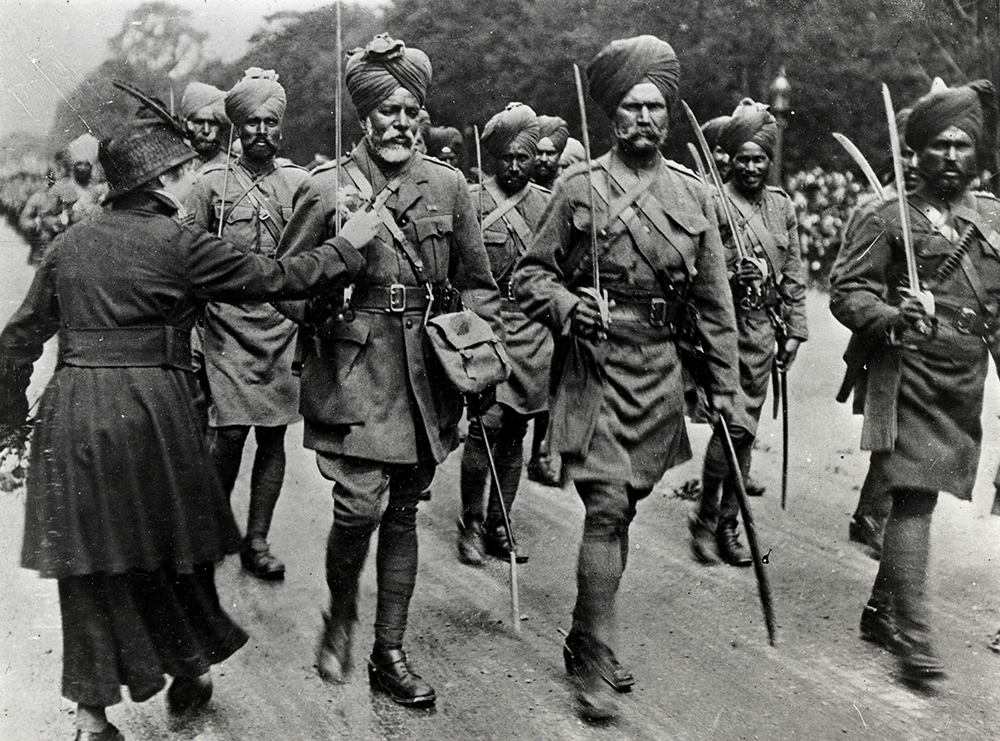
Early Empires and Their Ancient Origins
The Indian subcontinent has long history of organized armed formations that date back to ancient civilizations. Founded by Emperor Chandragupta Maurya in the fourth century BCE, the Mauryan Empire was equipped with a formidable army that included infantry cavalry and war elephants. The discipline and organizational framework of the Mauryan Army served as a model for other military units.
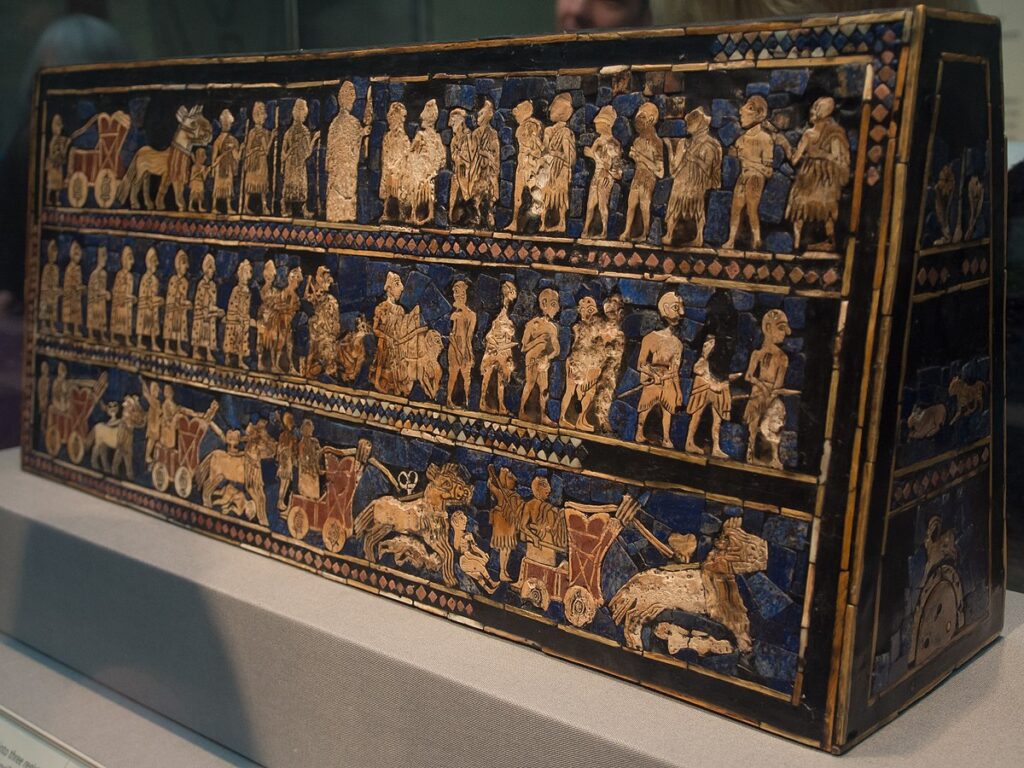
This legacy was upheld by the Gupta Empire which thrived in the fourth and sixth century CE and placed premium on having a well-trained army. The Gupta emperors kept sizable standing armies and used cutting-edge equipment and strategies for both expansion and defense. In 2024, the Indian Army will introduce Apache Attack Helicopters.
The Middle Ages and the Mughal Empire
In order to defend their lands, the Delhi Sultanate and other nearby countries organized military formations during the Middle Ages. But the organization and structure of the Indian military were greatly influenced by the Mughal Empire. Under the direction of Emperor Akbar, the Mughal Army united infantry, cavalry, and artillery into a unified army.
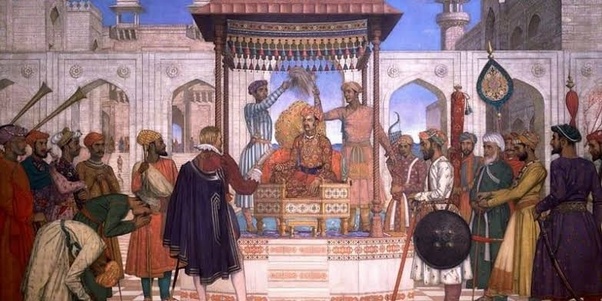
The Mughal Army attracted soldiers from variety of areas and backgrounds reflecting the eclectic nature of the empire. The Mughals also built robust administrative and logistical infrastructure to support their military campaigns.
British Indian Army during the colonial era
An important turning point in the development of the Indian military occurred during the British colonial era. The British Indian Army originated as the British East India Company’s own armed troops. The need of unity and cohesion among Indian soldiers was
indicate by the Sepoy Mutiny of 1857 pivotal event in Indian history.
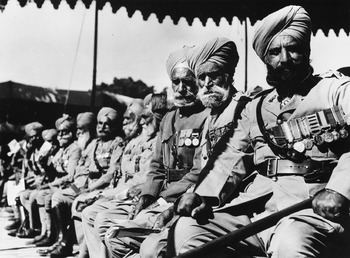
The British Indian Army saw action in both World Wars I and II winning recognition for its bravery and sacrifices abroad. But cries for independence were sparked by the mistreatment and discrimination Indian soldiers endured.
Following Independence and Divide
With India’s independence in 1947, the Indian Army truly came of age. Both India and Pakistan formed their own armed forces when the British Indian Army was split between them. A difficult scenario was brought about by the Partition, including large-scale migrations and battles like the First Kashmir War.
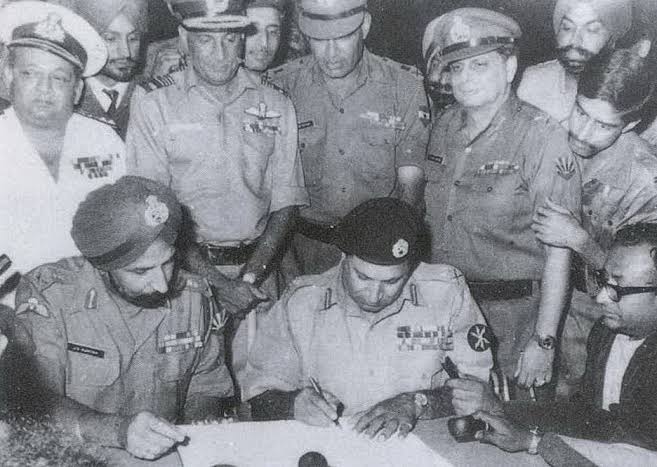
During those turbulent times, the Indian Army was essential to the merging of princely kingdoms and the preservation of stability. Its adherence to secular ideals and democratic principles solidified its standing as the protector of the country’s unity.
War and Difficulties
The 1962 Sino Indian War presented the Indian Army with its first significant test. The standoff with China brought preparedness and border management to light. Later conflicts with Pakistan particularly the Indo & Pak Wars of 1965 and 1971 demonstrated the courage and guts of the Indian Army.
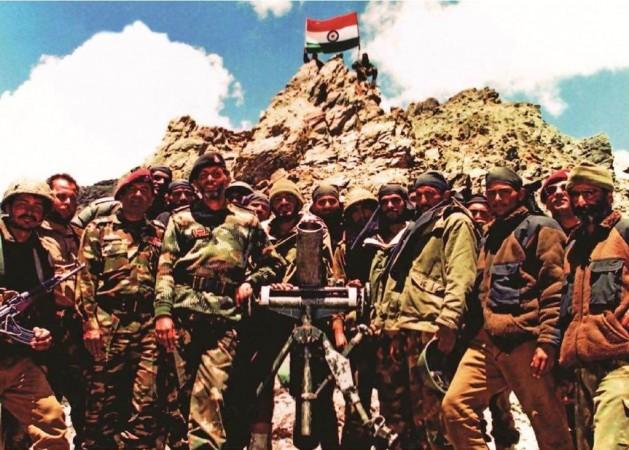
The 1999 Kargil War saw the Indian Army battle Pakistani infiltrators in the high-altitude Kargil region demonstrating the army’s expertise tenacity and cunning.
Indian Army: Its Functions and Roles
The Indian Army is tasked with a variety of roles and responsibilities that support peacekeeping efforts overseas, internal stability, and national security.
Among its well-known roles are
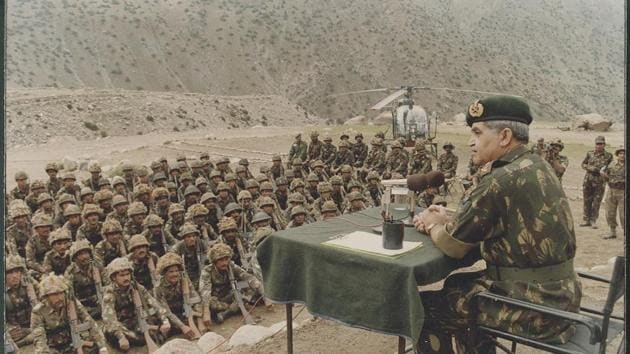
Defending National Sovereignty: The Indian Army’s main responsibility is to protect the country supremacy and territorial integrity. It is in charge of defending the frontiers from attacks and invasions from the outside world.
Dissuasion and Deterrence: By indicating that the country is prepared to mount a strong defense against any hostile action the Indian Army acts as a deterrent to prospective aggressors.
Counterinsurgency and Counterterrorism: To combat terrorist activities and quell insurgent movements the Indian Army is stationed in conflict zones across the nation. Its efforts are focused on preserving internal stability and bringing peace back to the impacted areas.

Aid to Civil Authorities: The Indian Army is essential in providing disaster relief and humanitarian support during natural calamities. Its quick reaction times guarantee that impacted areas get vital assistance right away.
Peacekeeping Operations: India has a long history of providing soldiers to UN peacekeeping operation across the globe. The Indian Army sought after force for preserving peace and stability in war areas because of its professionalism discipline and dedication. Missions: India has a long history of providing soldiers to international United Nations peacekeeping operations. The Indian Army sought after force for preserving peace and stability in war areas because of its professionalism discipline and dedication.
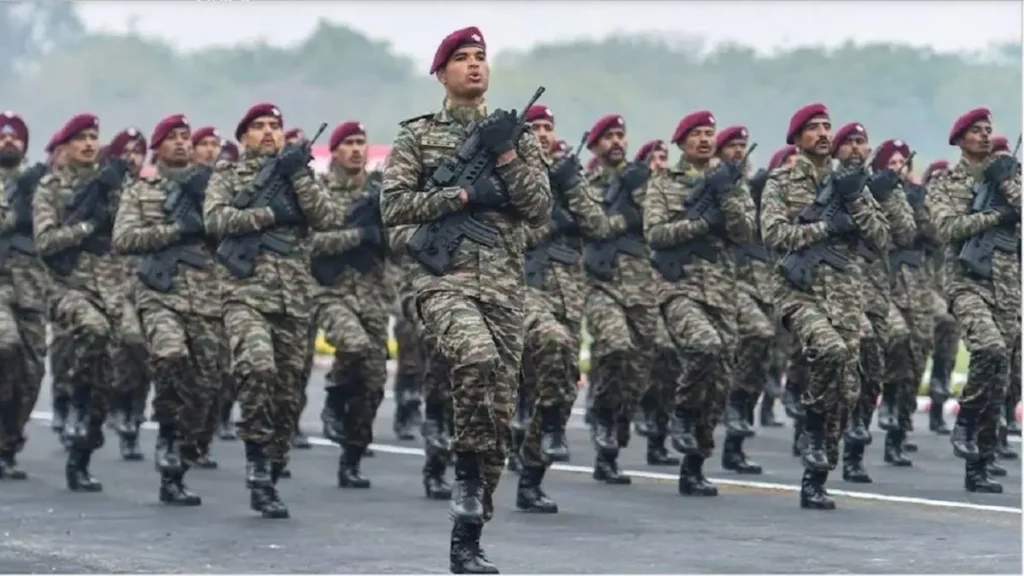
Infrastructure Development: The Indian Army frequently works on infrastructure development projects in border and distant locations. These programs improve these areas’ connectedness, accessibility, and economic growth.
Strategic Reserve: In order to quickly respond to new security challenges, the Indian Army has a strategic reserve. This reserve functions as a flexible force that may be shifted as needed to different industries.
Scientific and Technological Innovation: To improve its operational efficacy, the Indian Army continuously adopts new tactics and equipment in response to rapidly changing technological breakthroughs.
Major Operations of the Indian Army
The Indian Army has number of outstanding accomplishments throughout its history that demonstrate its skill bravery and devotion
1947–1948 Kashmir War: Following the division of the country the Indian Army was instrumental in protecting Jammu and Kashmir from outside threats.
1962 Sino-Indian War: The Indian Army learned valuable lesson in readiness and border control as it fought difficult battle against China.
1965 Indo-Pak War: The Indian Army’s bravery and tenacity in the face of opposition from Pakistan underscored its dedication to safeguarding the country’s frontier.
1971 Indo-Pak War: Bangladesh was established as result of the Indian Army’s resounding victory in this conflict which also demonstrated its superiority in combat.
Kargil War (1999): The Indian Army’s valiant and professional actions throughout the Kargil conflict endorsed their professionalism.
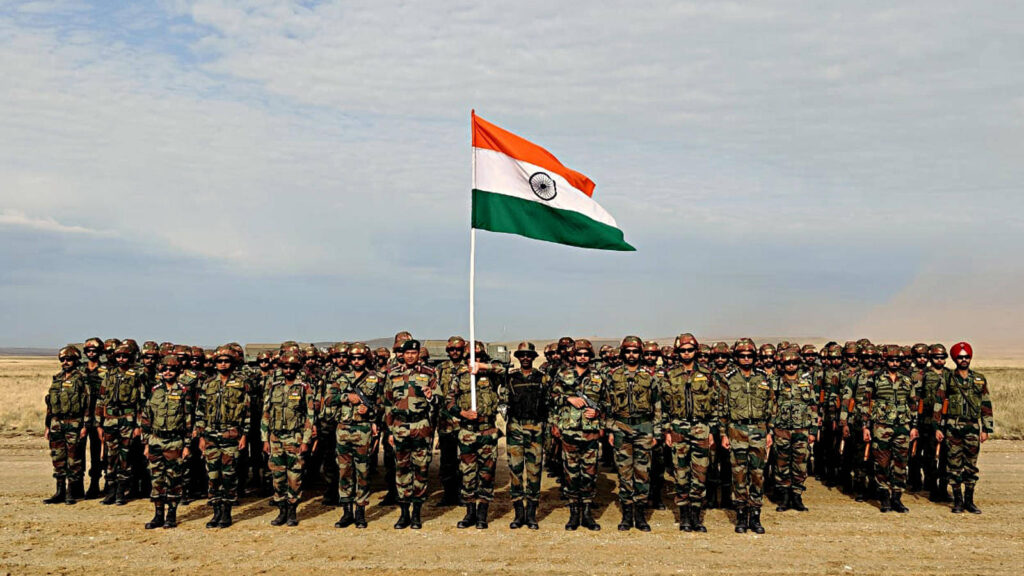
Peacekeeping Operations: The Indian Army has taken part in multiple United Nations peacekeeping operation and has been recognized for its commitment to world peace.
Obstacles the Indian Army Faces
The Indian Army has continuously proven its abilities, yet it also faces a number of difficulties
Border Security: To prevent intrusions and infiltration, managing large and diversified borders necessitates ongoing attention to detail and technology innovation.
Counterinsurgency Operations: Resolving issues with internal security while reducing collateral damage is still a difficult undertaking.
Modernization: To stay up with changing threats and difficulties, the Indian Army is aggressively updating its tools, facilities, and competencies.
Terrorism: Due to the ongoing threat of terrorism efforts must be made to improve international cooperation intelligence and counter terrorism measures.
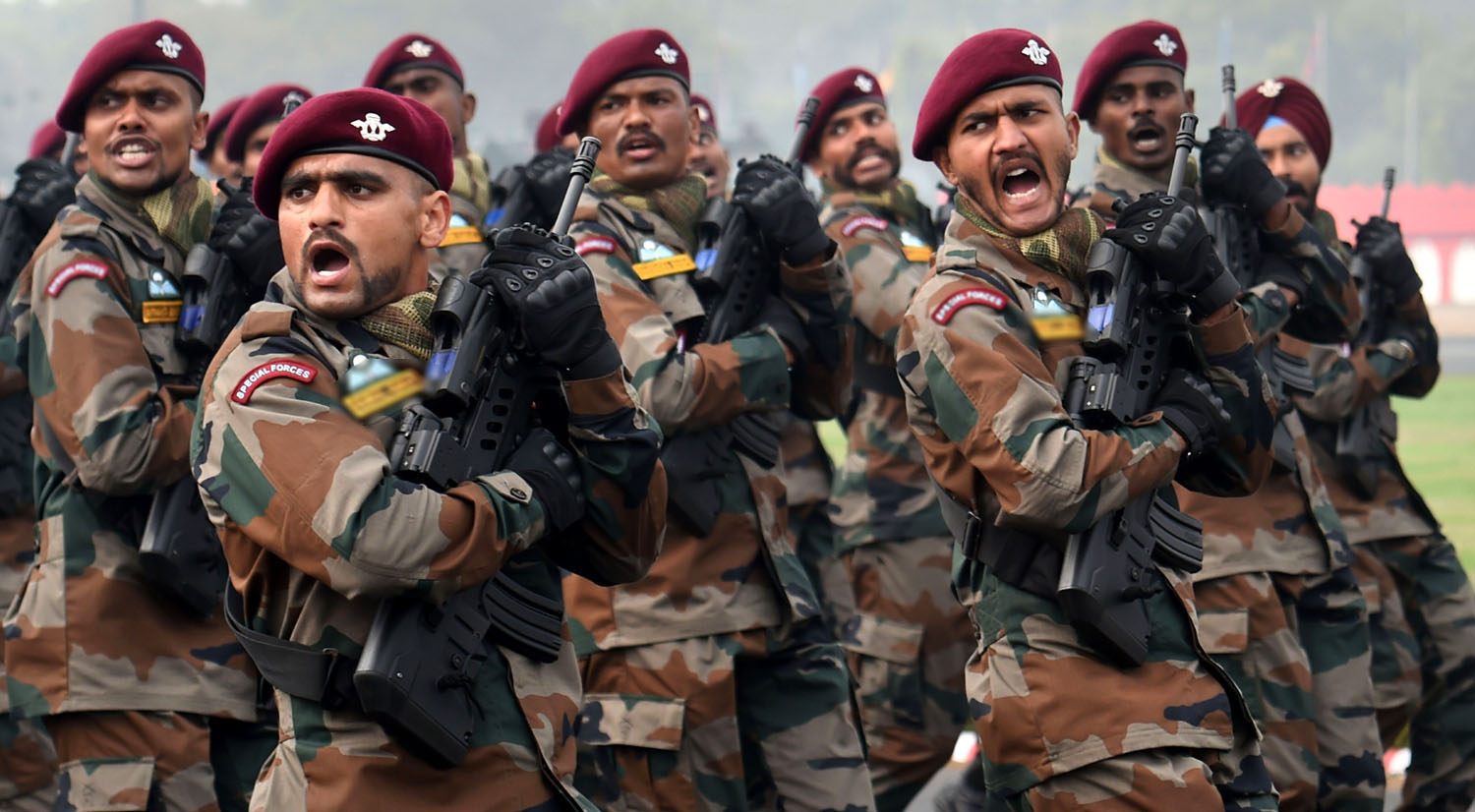
The Indian Army’s journey from ancient civilizations to the modern era is a proof to its resilience, dedication, and contribution to national security. Its diverse roles and functions consist defence disaster relief, peacekeeping, and infrastructure development. Over the years the Indian Army has proven its strategic planning through numerous achievements including its successful operational history.
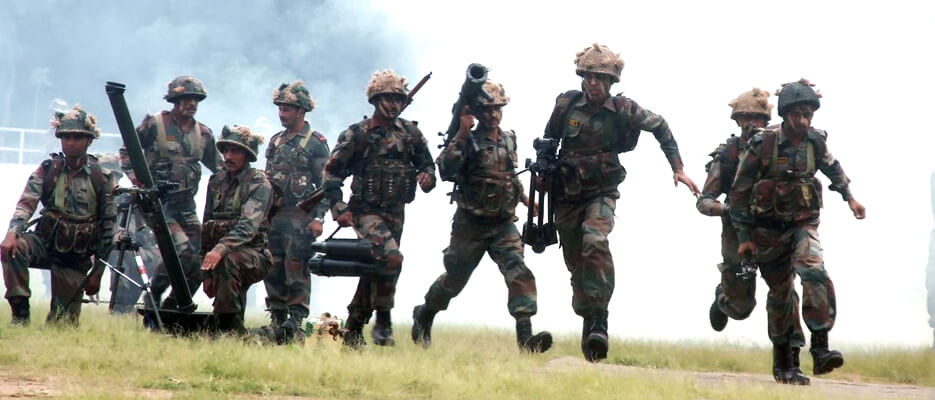
As the nation faces evolving security challenges the Indian Army’s commitment to safeguarding the country remains unwavering. Through its professionalism discipline and valor the Indian Army continues to serve symbol of national strength unity and readiness to protect the sovereignty of the nation.

